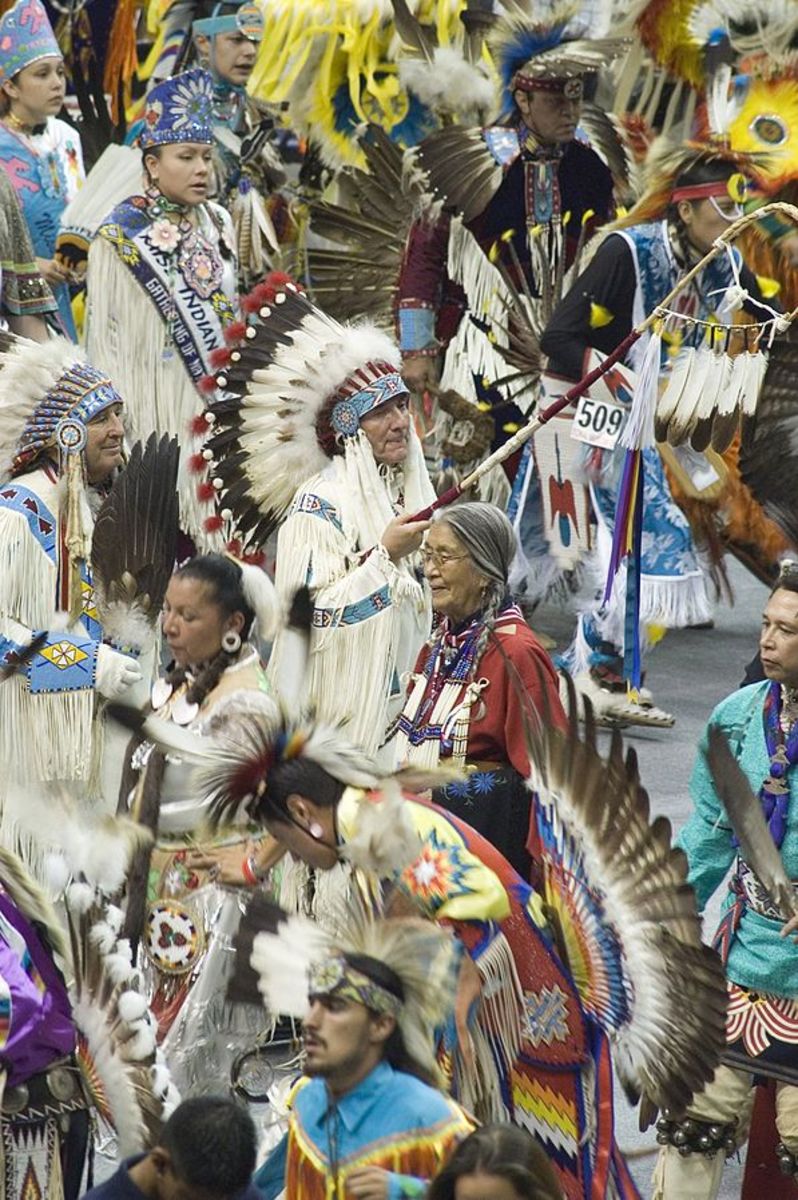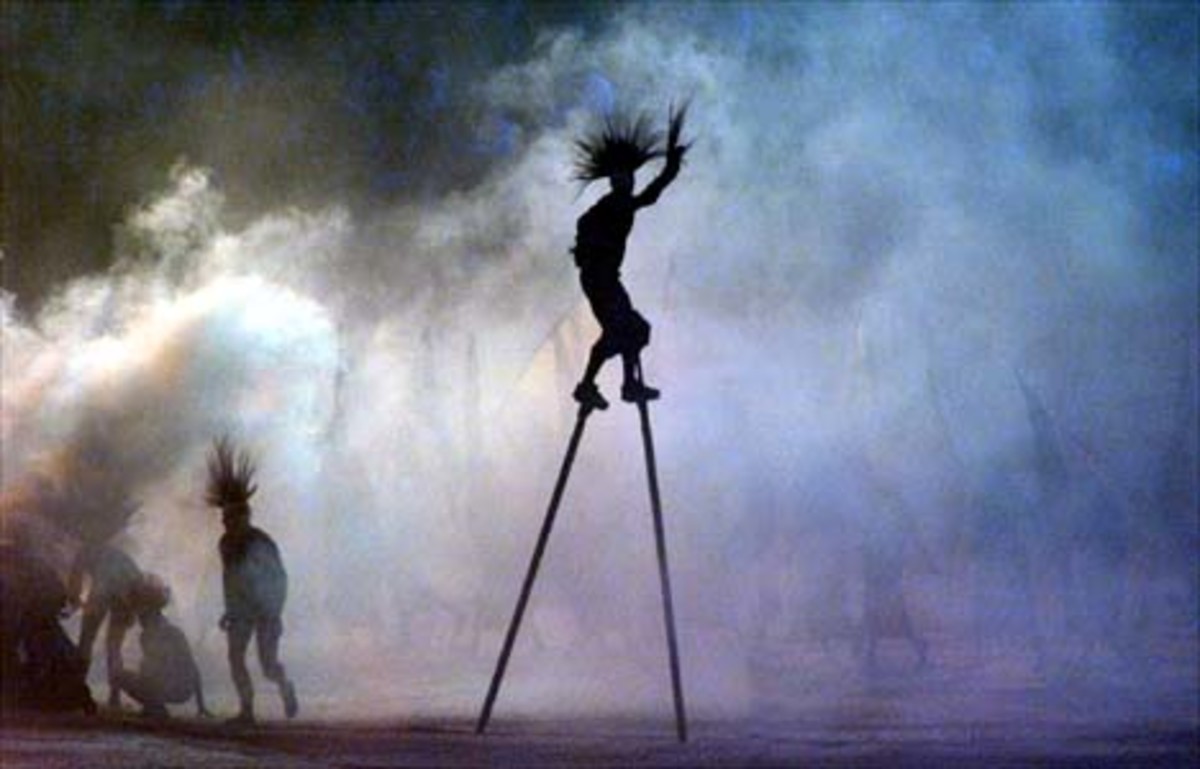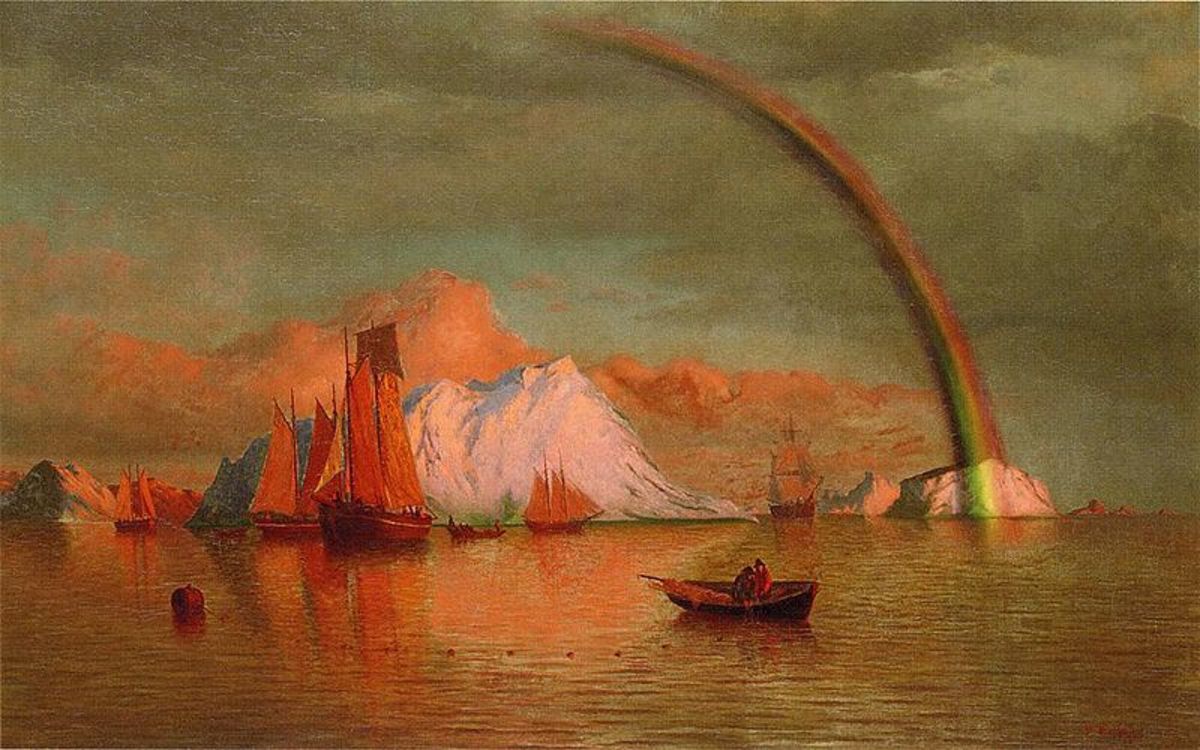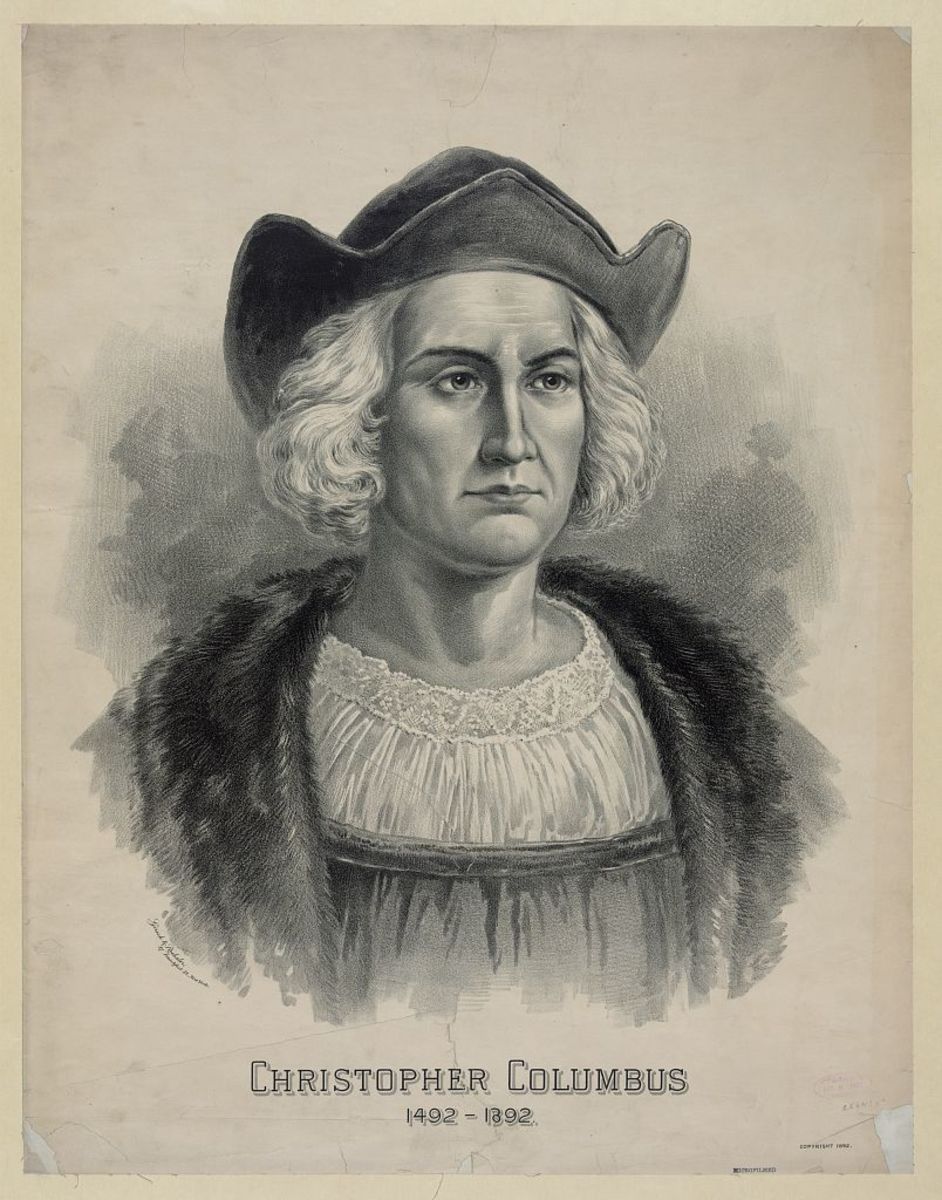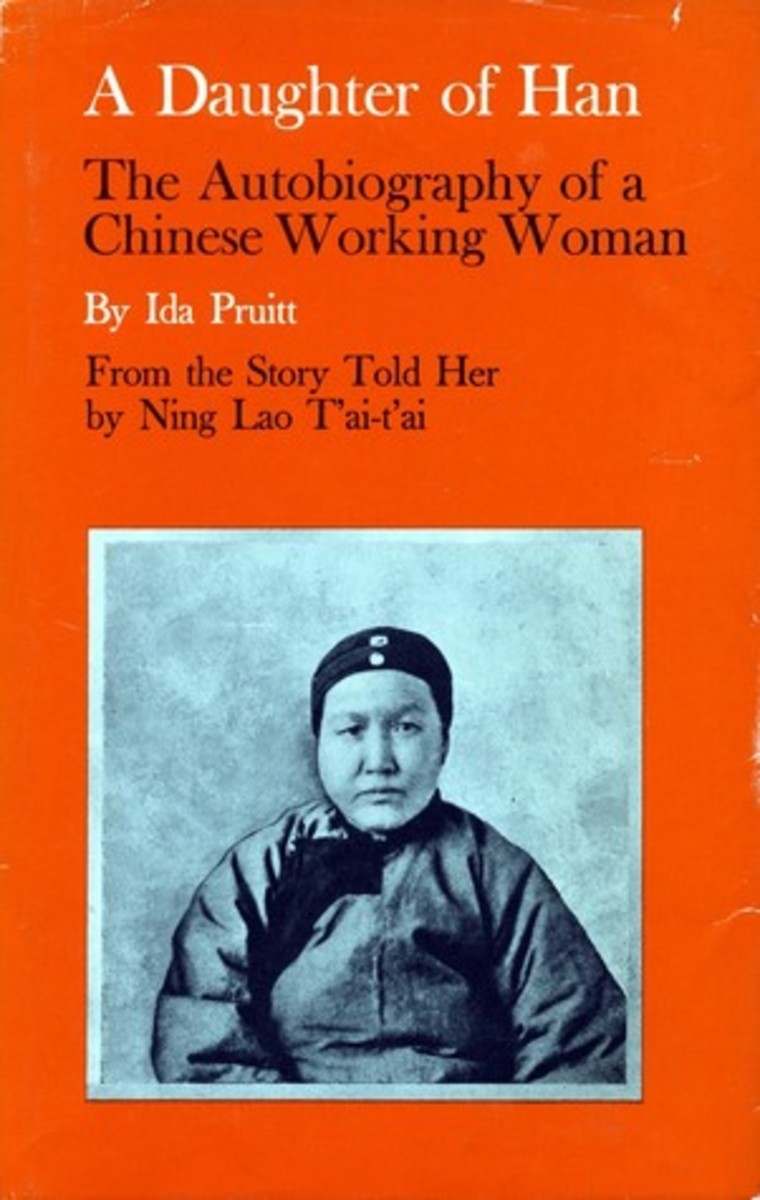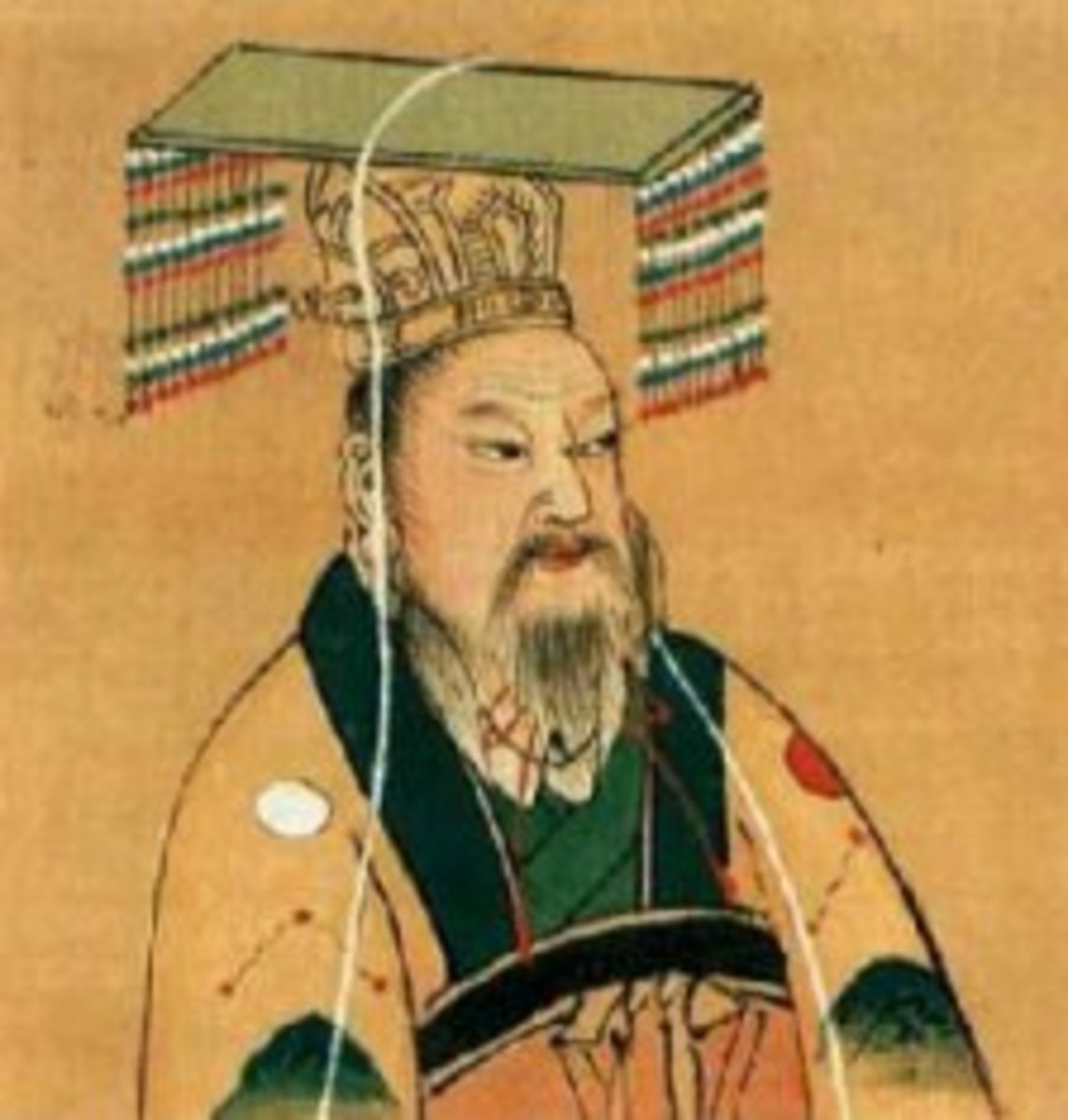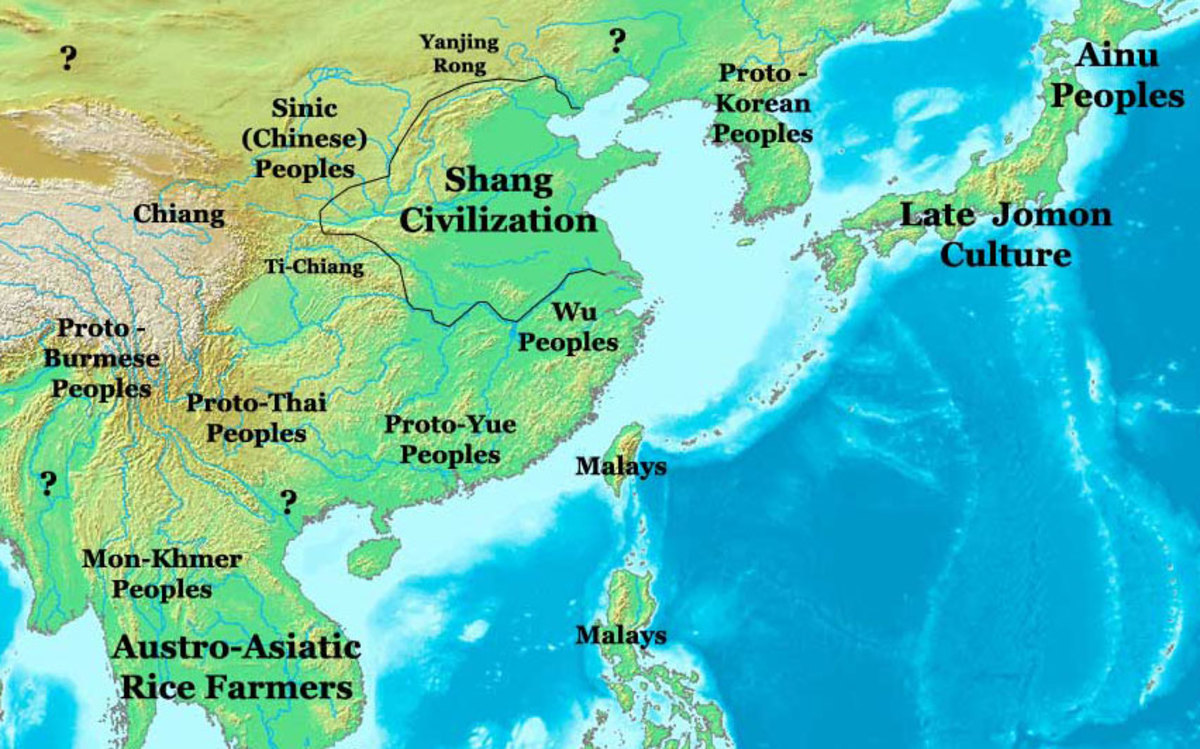- HubPages»
- Education and Science»
- History & Archaeology»
- History of Asia
China's Endangered Nationalities
Ethic/Language Distribution in China
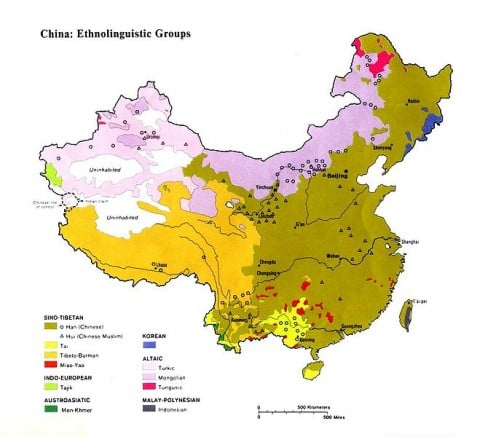
Endangered Asian-Related Cultures
- Every 14 Days Another Language Dies, But Google Works to Save them
Language is an important part of culture and of the personalities of the members of that culture. When a language becomes extinct and the last of the native speakers of that language dies, an entire culture is lost to us. - Totem Poles in the Pacific Northwest, Vancouver BC, Asia and other Places before 1700 AD
In-depth research and interviewing from 1700 to the 21st C. have revealed a history of totem poles globally that was previously unknown or discounted.
Genetic Links
- Hap Map
Mapping engine for Human DAN mapping and migration projects. - National Geographic
The Genographic Project. Interactive maps and timelines. - The Human Genome Project
Extensive information and links. - Arctic Peoples Around the World on Hub Pages
Migration and relatedness.
Subarctic and Arctic Circle Peoples
Heilongjiang (Hei) Province meets Inner Mongolia (Nei Mongol) in the northeast corner of China (please see map).At the northeastern-most tip of Inner Mongolia and the northwestern-most part of Hei province live a group of Altaic peoples. Their language is Tungusic and related to the languages and genetic lineage of Mongols and their Altai people of the Golden Mountains; to the Koreans, more so to South Koreans than to North Koreans.; and to Western Hemisphere indigenous peoples. Genetic mapping is pursued at http:hapmap.com and is rather complex. However, National Geographic operates a DNA mapping project and demonstrates migration patterns interactively online (please access their link to view).
There are 56 Officially Recognized Nationalities in the Republic of China, including the largest Han people and others - the dozens of minorities that have individualized cultures within the larger China.
Some of these minorities speak their own local languages, but have no written script for them. They also speak a Chinese dialect, along with some of these small ethnic groups that sepak a Russian dialect as well. This linguistic intermixing is most prominent along the northern border of Inner Mongolia that abuts Mongolia and is near Russia. It is also clustered at the joining of Hei Province and Inner Mongolia in two large areas and 3-4 smaller sites.
The People of the North, as they are called worldwide, have migrated around the Arctic Circle and into and through the Subarctic regions (beneath the Arctic) of Siberia, Mongolia, the border between Hei and Inner Mongolia, and on into South Korea, the Kamchatka Peninsula, Alaska, and the Western Hemisphere.
Many of the smaller groups if the indigenous peoples are dwindling in numbers.
The 56 Nations
Oroqen History
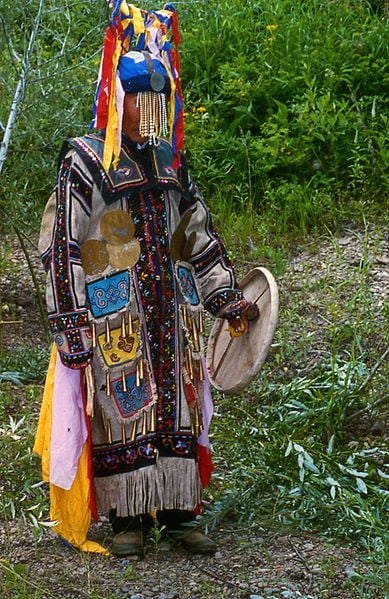
Oroqen People - The Reindeer People
The Oroqen People comprises a smaller, dwindling band of autonomous-government hunters inside China in the Hei-Inner Mongolia region. However, many abide by the Chines conservation laws to protect endangered wildlife, being endagered themsves. There are just around 6,000 Oroqen left, residing in China (the majority) and Mongolia. They speak a Tungusic language without a written tradition, many speaking and writing Mandarin Chinese as well. There name means "People of the Reindeer" and they believe a reindeer pulls the sun up each morning. Just to the east, their genetic relatives believe the reindeer is a dragon. The Sami to their west hold the reindeer legend as well and are genetically related. The Oroqen use birch bark as Native Americans have done, in the forming of baby cradles, cannoes, and other devices.
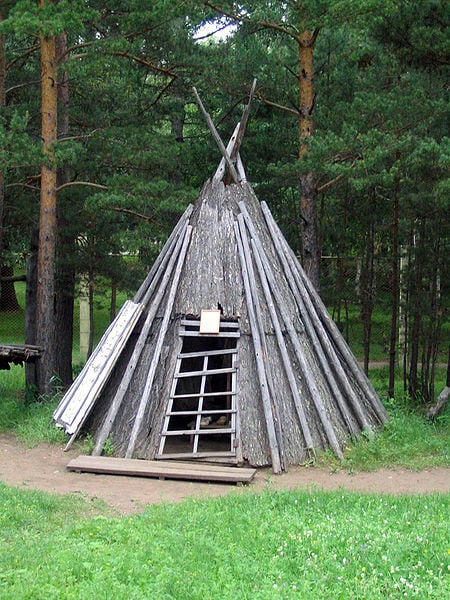
Evenki People - Also the Reindeer Pepole
Another official minority of China in the same region as the Oroqen People are the Evenki People, numbering around 28,000, with approximately 7,500 speaking Evenki as a specific language and most speaking a Russian dialect as well.
Traditionally a nomadic nation of herders and hunters, they also game-fish for food and travel across the entire region of Siberia, extending down somewhat into Hei and Inner Mongolia.
The Oroqen and Evenki nation can converse well together in their own languages, cross-nation. This fact makes the similarity of languages a marker for linguistic and genetic relatedness.
Evenki People
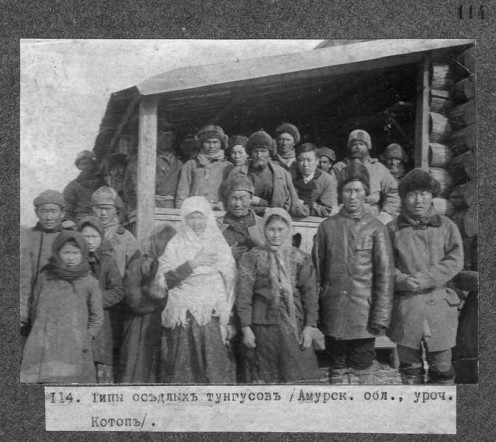
Evenki Child
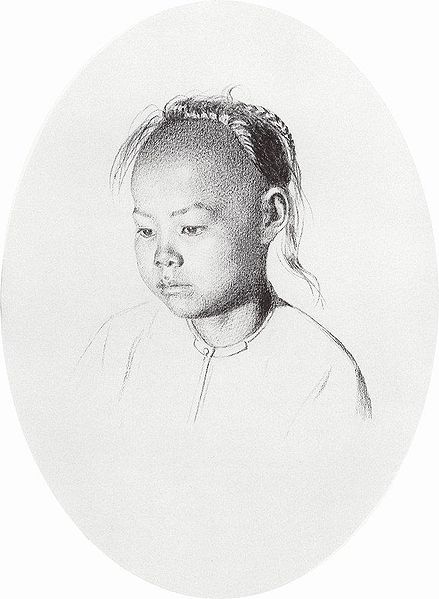
Altai Ancestors
Evenki and Oroqen are directly related to the Altai People of the Altai Republic, which split from another Russian province Under the Yeltsin regime because the Altai are so different from the rest of the peoples. Tens of thousands of Altai live in the south of their republic, Russian dominating the northern part. The Altai migrated across Siberia and southeast into Mongolia, Inner Mongolia and Hei Province. They are genetically related strongly to the Mongolians and practice shamanism, as do Evenki and Oroqen, but also, Buddhism and Ak Jang religions.
The bulk of Altai peoples are Ak Jang and have the requisite totem poles, as do many northern and west coast Native Americans and First Nations. However, Altai also have flowers in their totem worship. The land is all-important to the Altai, as it was for Native Americans before they lost their lands and way of indigenous life. The land is important to the Evenki and Oroqen in the 21st century.
Altai
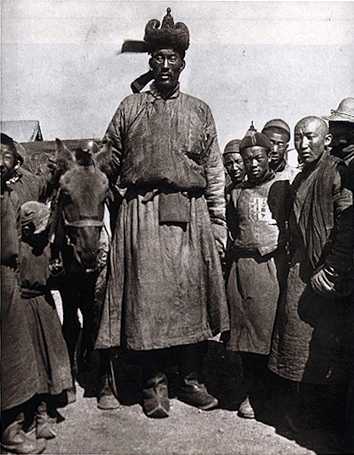
According the the genetic, linguistic, and anthropological data, along with the records of the beautiful cultural traditions, stories, and works of art, the some of the Altai migrated to join with other nations and become the Evenki and the Oroqen, evenutally joiubg some other bands of people and mating as far as the western hemisphere.
The original nation-groups are dwindling, but are protected by their respective governments and the larger republics in which they reside. This protection allows them to maintain their cultures, customs, histories, religions, arts, and languages. Federal and private funding in Russia, Mongolia, and China is helping these bands of indigenous peoples in small ways, expanding as news of their plight is broadcast. In exchange for helping to ptotect China's list of endagenered species by scaling back hunting traditions to a degree, some indigenous peoples discussed in this article are provided with housing and educational resources.
This green partnership of sorts seems to be a case of the endangered helping the endangered, while the indigenous nations can maintain autonomous rule and identity as well as dignity, and this is admirable.
Regional Evenki Music
Influence of Altaic Peoples - Mongolia
© 2008 Patty Inglish MS


